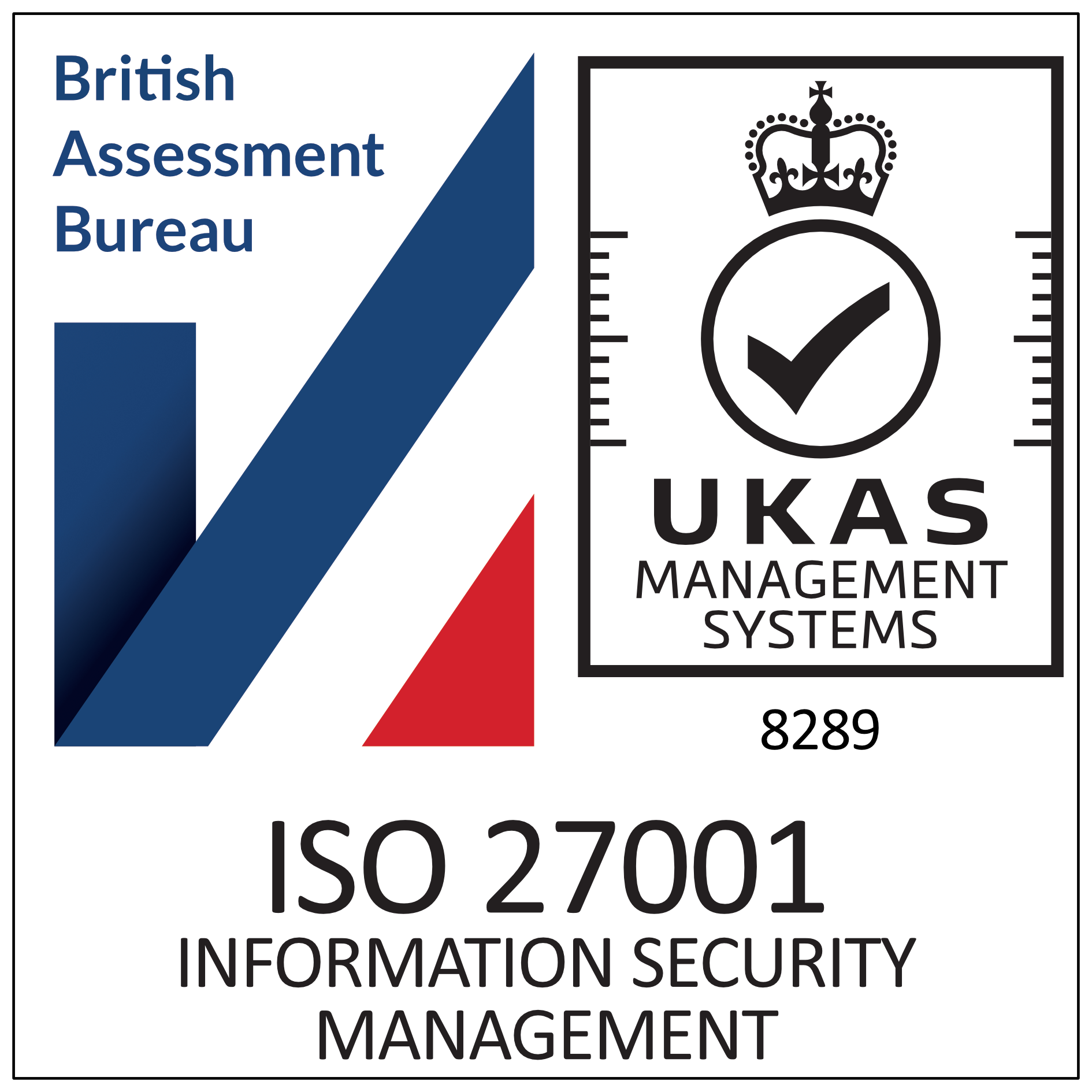Managing Damp and Mould
Damp and mould are common but serious issues in residential properties. If the issue is left untreated, they can have significant consequences for both tenant health and structural integrity of the property. These issues can arise from various causes, including poor ventilation, rising damp, water ingress through damaged roofing or pipework, or inadequate heating.
Regardless of the underlying cause, landlords have a legal duty to investigate, address and resolve complaints about damp and mould promptly and effectively.
Landlords should consider supplying a Damp and Mould Information Letter to Tenant at the outset of a tenancy and a Tenant Letter: Maintaining Your Property in Winter for the colder months.
Undertaking Works
If there is an issue with damp and mould the landlord is legally obliged to investigate this and should ensure clear communication with the tenant when undertaking any works. Letter to Residential Tenant Requesting Access to Carry Out a Damp and Mould Inspection is a useful letter for landlords wishing to inspect and investigate damp and mould. A landlord could subsequently send the tenant a Letter to Residential Tenant Requesting Access to Carry Out Damp and Mould Works, and a follow up Letter to Residential Tenant Requesting Access to Carry Out a Post Works Damp and Mould Inspection to ensure compliance.


